
Often when I’m waxing lyrical on the source of my love of fishing I talk about the atavistic impulse. I cite it as a catch-all term for that deep connection to our ancestors I experience when engrossed in the sport. In modern parlance, it’s the flow state I slip into as a well-cast fly glides toward a trout lie.
For hundreds of thousands of years, fish and molluscs have been a fundamental source of sustenance for our genus. Is it any wonder that we have retained our genius for angling far beyond its utility in a developed agrarian society?
Indeed, we may owe a deeper debt of gratitude to the fisheries that fed us than previously realized. Emerging schools of thought suspect that fish-rich diets provided us with nutrients essential for brain development. Those nutrients kick-started the growth of our outsized brains and allowed us to become the dominant species we are today.
Whatever it was that first drew us to seek food in the water, once we had turned our attention to fish, there was no end to devising innovative ways to catch them.
By hand and chance
Early fishing efforts were opportunistic, a happy result of seasonal change and fish reproductive cycles. Nature created traps for us in the form of shallow pools on floodplains and among rocks on the beach where certain species would remain as the waters ebbed away.
Little skill was required to harvest fish in these circumstances — it was detailed knowledge of the seasons that brought success. It is impossible to know the origins of this practice or to date it, but it’s interesting to note that this activity persists in parts of Africa. People still retrieve large, stranded catfish from shallow pools on floodplains, clubbing them to death and processing them on-site to avoid spoilage in the heat.
Esta historia es de la edición October 23, 2019 de Shooting Times & Country.
Comience su prueba gratuita de Magzter GOLD de 7 días para acceder a miles de historias premium seleccionadas y a más de 9,000 revistas y periódicos.
Ya eres suscriptor ? Conectar
Esta historia es de la edición October 23, 2019 de Shooting Times & Country.
Comience su prueba gratuita de Magzter GOLD de 7 días para acceder a miles de historias premium seleccionadas y a más de 9,000 revistas y periódicos.
Ya eres suscriptor? Conectar
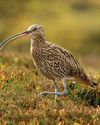
United we stand
Following United Utilities' decision to end grouse shooting on its land, Lindsay Waddell asks what will happen if we ignore our vital moors
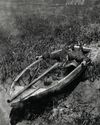
Serious matters
An old gamebook prompts a contemplation on punt-gunning
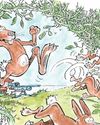
They're not always as easy as they seem
While coneys of the furry variety don't pose a problem for Blue Zulu, he's left frustrated once again by bolting bunnies of the clay sort
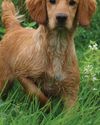
Debutant gundogs
There's lots to think about when it comes to making the decision about when to introduce your dog to shooting

When the going gets rough
Al Gabriel returns to the West London Shooting School to brush up on his rough shooting technique
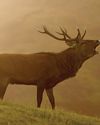
The Field Guide To British Deer - BDS 60th Anniversary Edition
In this excerpt from the 60th anniversary edition of the BDS's Field Guide To British Deer, Charles Smith-Jones considers the noise they make
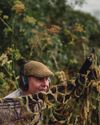
A step too far?
Simon Garnham wonders whether a new dog, a new gun and two different fields in need of protection might have been asking too much for one afternoon's work
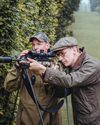
Two bucks before breakfast
A journey from old South London to rural Hertfordshire to stalk muntjac suggests that the two aren't as far detached as they might seem
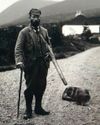
Stalking Diary
Stalkers can be a sentimental bunch, and they often carry a huge attachment to their hill

Gamekeeper
Alan Edwards believes unique, private experiences can help keepers become more competent and passionate custodians of the countryside